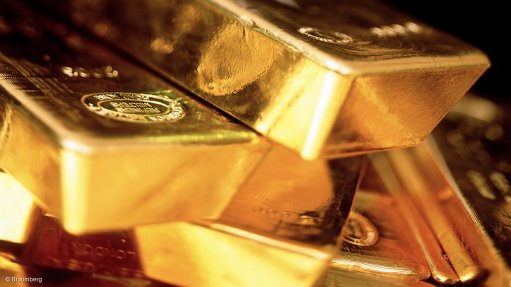
PRECIOUS METALS INVESTMENT
Investors are also constantly aiming to diversify their portfolios and investing in precious metal commodities helps facilitate this
Photo by: Bloomberg
An increase in demand for precious metal exchange- traded funds (ETFs) from institutional investors has resulted in the listing of two palladium ETFs on the JSE in one week.
Banking group Standard Bank listed its AfricaPalladium ETF on March 24, while the corporate and investment banking division of Absa Bank listed its NewPalladium ETF on March 27.
Standard Bank’s AfricaPalladium has traded 12 800 000 debentures in just more than two weeks of being listed, comprising about 128 000 oz of palladium.
Meanwhile, Absa’s NewPalladium has traded 17 684 696 debentures since being listed – including the securities that have been created but are still awaiting listing – equating to 176 846 oz of palladium worth R1.4-billion.
The two ETFs collectively account for over R2-billion traded in palladium ETFs since their respective listing dates, highlights JSE Equity Market Product Development team leader Adèle Hattingh.
She foresees an increase in the demand for precious metal ETFs going forward, as investors have indicated the attractiveness of these precious metals stocks, which enable them to access commodities that were previously difficult to access relatively easily through ETFs.
Investors are also constantly aiming to diversify their portfolios and investing in precious metal commodities helps facilitate this, says Hattingh.
Absa corporate and investment banking division head of exchange- traded products Dr Vladimir Nedeljkovic agrees. “ETFs offer institutional asset managers the opportunity to diversify their portfolios and invest in a precious metal directly, as opposed to the past, when investors would invest in the performance of precious metals indirectly through mining equity.”
Also, the ETF acts as a hedge within a portfolio against currency depreciation, especially during times of economic and global uncertainty, owing to the precious metal price being denominated in dollars, but traded in the currency of a country.
Nedeljkovic explains that if the palladium price in dollars is fixed, but the rand:dollar exchange rate drops, the rand price of the NewPalladium ETF will increase, as it is traded in rands.
Absa decided on establishing a palladium ETF, in addition to its NewGold and NewPlat ETFs listed in November 2004 and April 2013 respectively, based on the feedback and demand from its investor base for a third precious metal ETF.
Meanwhile, Standard Bank Global Structuring Group head Johann Erasmus tells Mining Weekly that the bank’s rationale to establish a palladium ETF is based on South Africa being the second-largest producer of palladium in the world, as it produces 37% of global production, with Russia responsible for producing about 42%. He believes there is a lot of investor demand to gain direct access to palladium.
“The long-term fundamentals for palladium are promising, as the demand for palladium has outstripped production over the last few years and this trend seems set to continue for the foreseeable future,” highlights Erasmus.
He says the rand price of palladium was also at its highest level in the past decade the week prior to the ETF listing, which will definitely affect investors’ willingness to invest their entire intended investment allocations.
“I further believe that the majority of the investors are long-term investors who would want to acquire the exposure across several levels and hold onto the investment for the future,” says Erasmus.
In addition to the listing of its palladium ETF, Standard Bank listed its AfricaGold and Africa-Platinum ETFs on the JSE this month.